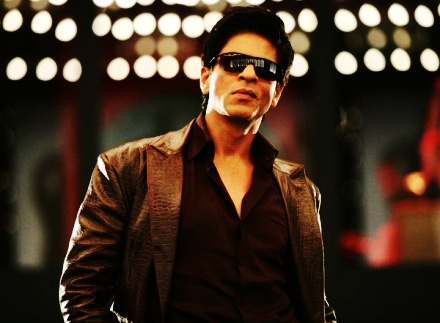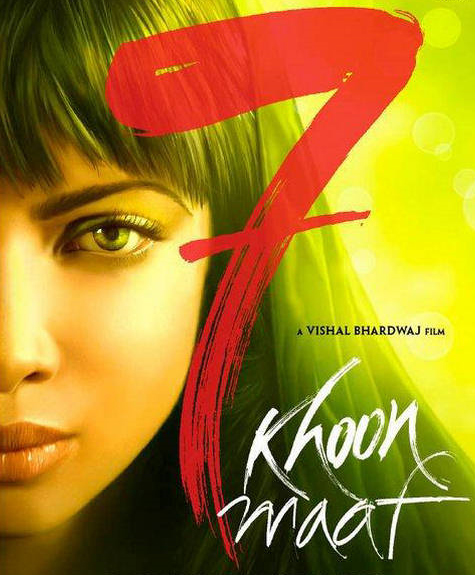Shahrukh Khan: End of the Road?
Aakshi Magazine 'Shahrukh has always told me that physical abuse is the…
Let us Talk About Sunny Leone!
Pranay Parashar for BeyondHeadlines Sunny Leone, a Canada based Indian origin porn…
Mausam: A Good Try… But Will it Work???
Chandini Mansinghani, BeyondHeadlines The much awaited directorial debut of Pankaj Kapoor, movie…
Celluloid ‘Cult’ure
Rohit Vats for BeyondHeadlines Who does not remember the duo of Ernesto…
All Sins Forgiven – On Screen
Ektaa Malik, BeyondHeadlines Its young and its fearless. Bold. Not to mention…





